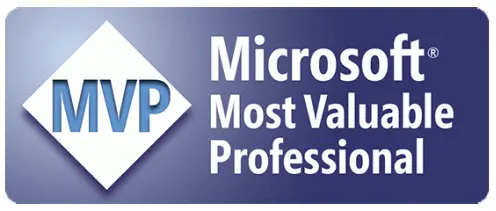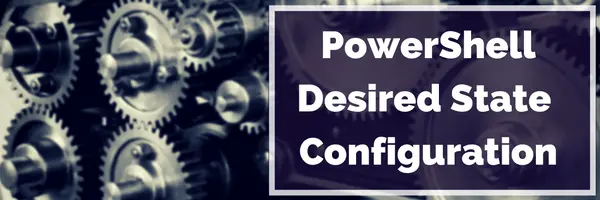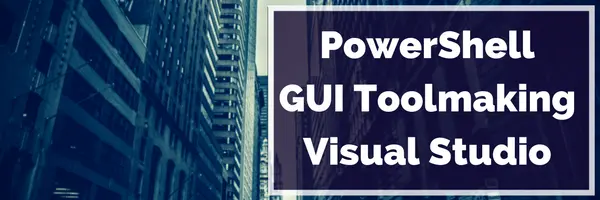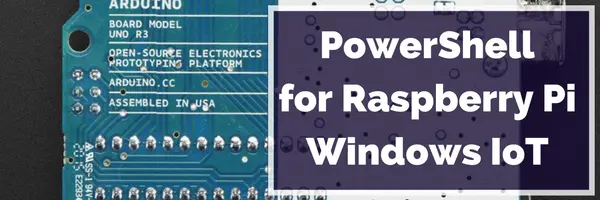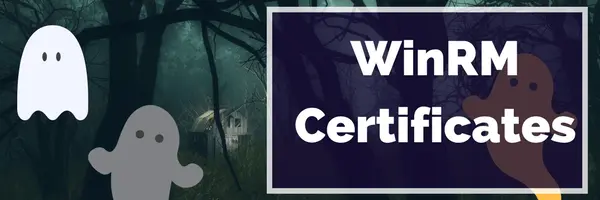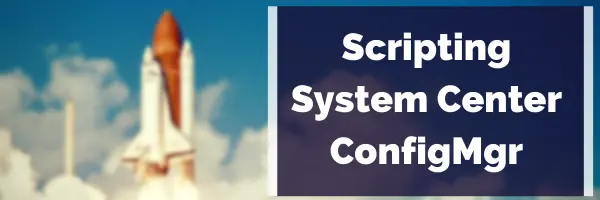-
Posts for year 2016, total posts 39 / 40 migrated
All Posts for 2016
Registering for WMI Events in PowerShell


Locking your Workstation with PowerShell
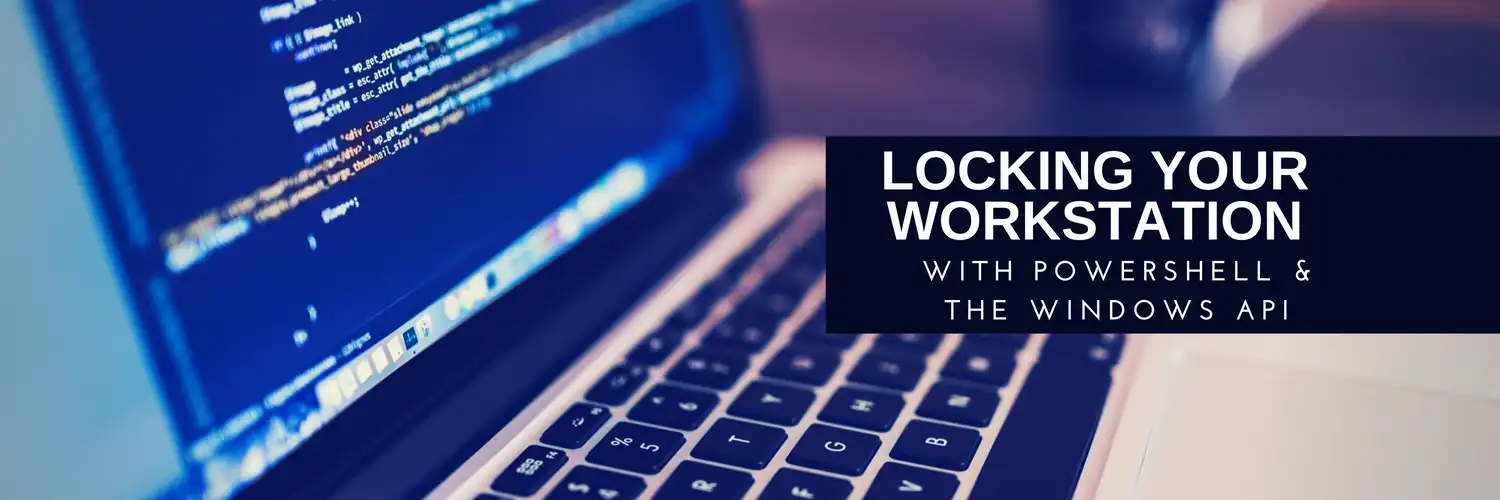
Locking a workstation using PowerShell? It sounds like an easy task, right? That's what I thought too...and told the customer...but NO! Friends, it wasn't easy...before now. As it turns out, some tasks in Windows just aren't accessible via WMI. For instance, the useful Win32 OperatingSystem class has some nifty methods for working with the system's power state, like Reboot and Continue Reading...
Hands-off deployments
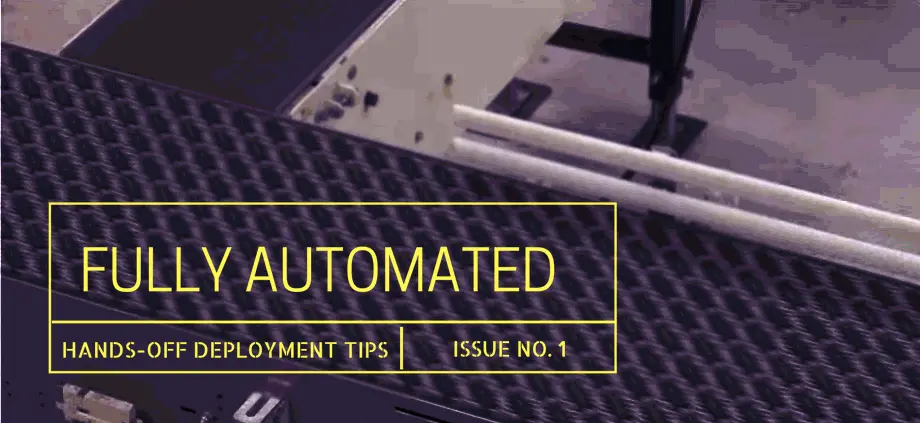
Let's face it, guys. There are times that you JUST don't have access to SCCM, MDT or Kace, and need to deploy a completely automated and silent Windows install without our normal build tools. If this is you, and you deploy systems frequently, you've probably spent way too much time looking at screens like this one Continue Reading...
Class is in Session: PowerShell Classes

PowerShell has been mostly complete for you and me, the ops guys, for a while now. But for Developers, important features were missing. One of those features were Classes, a important development concept which probably feels a bit foreign to a lot of my readers. For me, I'd been struggling with classes for a long time. Ever since Middle School. #DadJokeLol. In this post, I'll cover my own journey from WhatIsGoingOnDog to 'Huh, I might have something that resembles a clue now'. Continue Reading...
SCCM v Intune Showdown
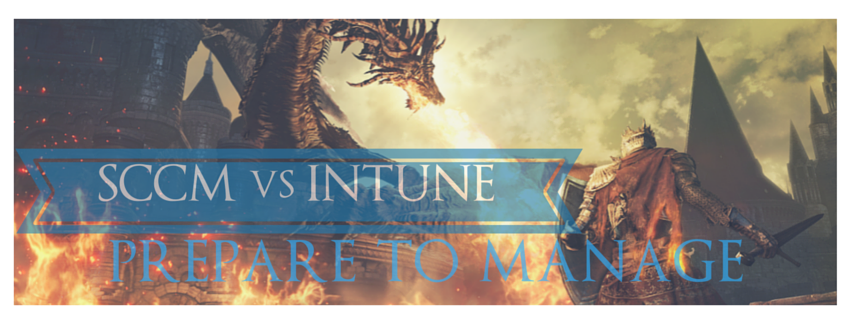
If you're an SCCM Administrator you've likely heard of InTune and might be wondering when to use it. In this post, we'll cover how SCCM and Intune are able to manage Windows 10 full desktop computers (including laptops and Windows tablets like the Surface or Surface book.) Continue Reading...
Previous
Page: of
Next



